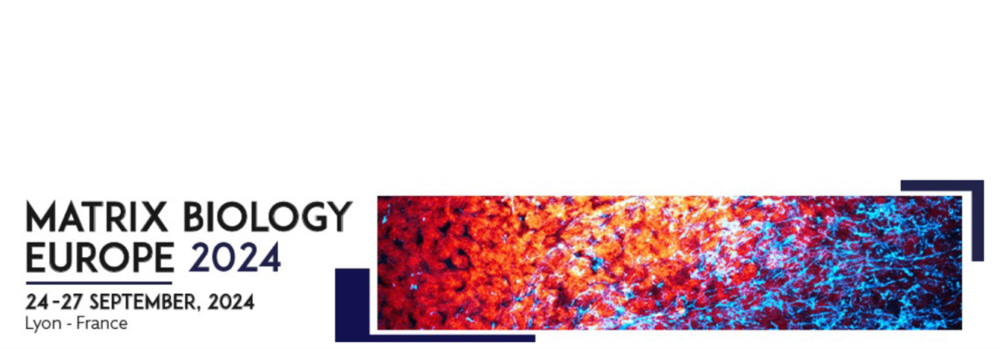Role of Lumican, a small leucine-rich proteoglycan, in the control of tumour progression
Stéphane Brézillon, François-Xavier Maquart, Yanusz Wegrowski
Lumican, is a member of a small leucine-rich proteoglycan family. It is the major leucine-rich keratan sulfate proteoglycan of numerous extracellular matrices, such as muscle, cartilage and cornea. In skin, lumican is present as a glycoprotein. As evidenced by knocking out of its gene in mouse, it plays a critical role in collagen fibrillogenesis. The lumican null mice (Lum-/-) were found to have serious functional defects including corneal opacity as well as skin and tendon fragility associated with disorganized and loosely packed collagen fibers (Chakravarti et al, 2003).
Our data have demonstrated a direct link between lumican expression and cancer progression (Vuillermoz et al, 2004, Brézillon et al, 2007, D’Onofrio et al, 2008) and metastasis (Brézillon et al, 2009). Lumican was shown to impede tumor cell migration by directly interacting with the alpha2beta1 integrin inducing remodeling of actin network and focal adhesion complexes (Brézillon et al, 2009, Zeltz et al, 2010).
In addition, we identified an active sequence of the lumican core protein responsible for the inhibition of melanoma cell migration (Zeltz et al, 2009). Using different recombinant and synthetic peptides derived from lumican, we localized an active site in the leucine-rich repeat 9 domain of the lumican core protein. We propose the name lumcorin (fragment of lumican core protein) for the active peptide derived from this site. Lumcorin was able to inhibit melanoma cell migration in vitro. The mechanism of action of lumcorin is an ongoing study in our laboratory.
Lumican was also shown to present angiostatic properties (Albig et al, 2007, Brézillon et al, 2009). Cell migration, including nascent vessel sprouting, is a complex process in which matrix metalloproteinases (MMPs) play an essential role. Our recent results provided strong evidence that lumican affects angiogenesis both by interfering with integrin alpha2beta1 receptor activity and down-regulating proteolytic activity associated with surface membranes of endothelial cells. In addition to blocking integrins, lumican affected expression of metalloproteinases such as MMP-14 and MMP-9. Furthermore, we showed that lumican blocked pro-angiogenic activity of endothelial cells to the same extent as siRNA to beta1 mRNA and produced synergistic effect when used together with anti-beta1 siRNA (Niewiarowska et al, 2011).
A review of the above results will be presented and the perspectives of our work will be discussed.
